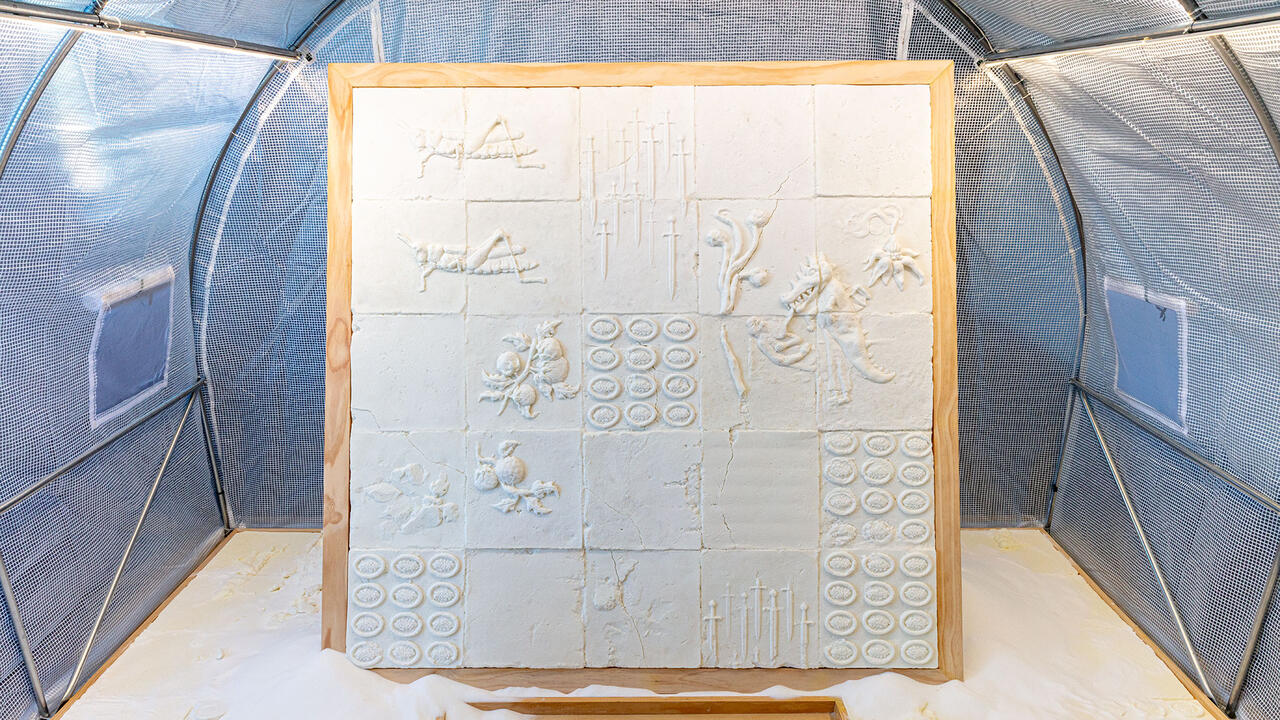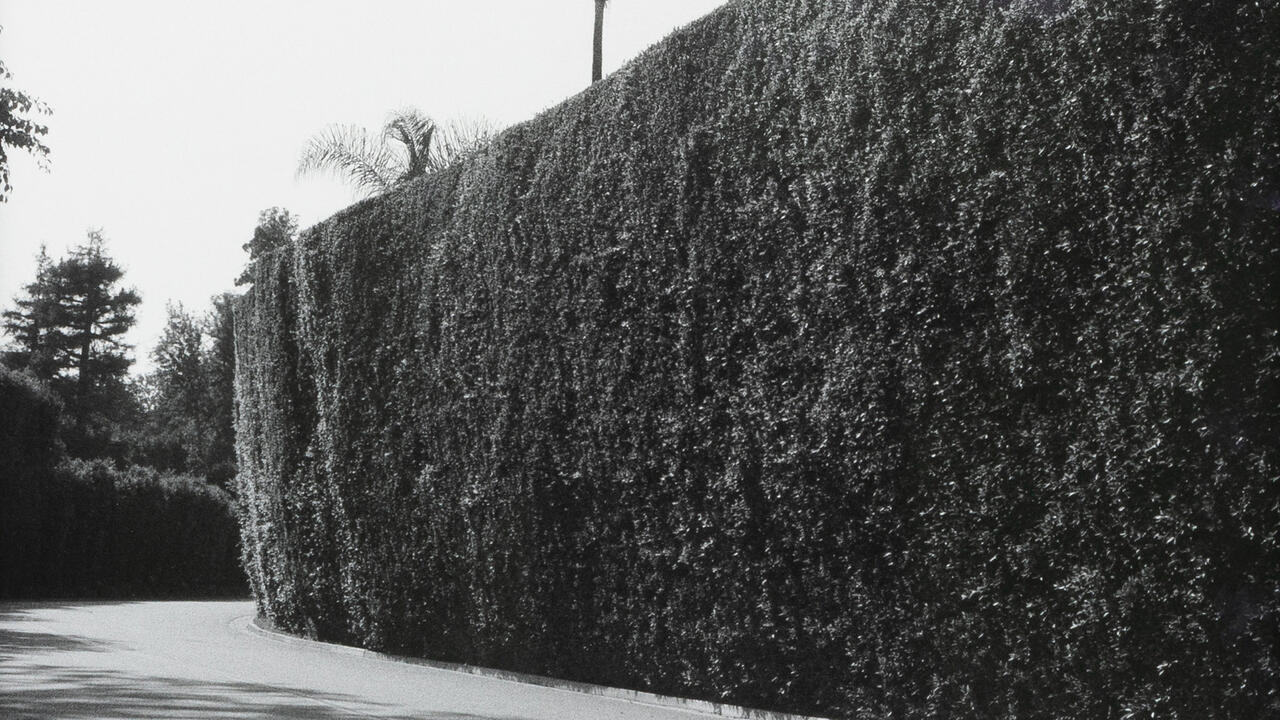N55
NikeTown in New York popped up as my mental backdrop to this show, a thought which on the surface is kind of irrational. N55's exhibition 'Home Hydroponic Unit' and the Nike corporation's shop are totally opposed in terms of economics and ideology but, nonetheless, they find themselves on the same axis of a new, integrated attitude towards consumerism. And they both boast the same kind of zeitgeisty space-age aesthetics.
N55 are four students from the art academy who live and work together. Their spacious apartment, which they use for exhibiting their own and others' work, is like an artistic version of Batman's cave. It is not very visible, but is the locus of hectic activity. Part of the kick is seeing them running around in their apartment-cum-exhibition space preparing for the next show or working away on their computers. At the end of the day, N55 is one big and very stimulating grey area between art and life.
Their latest show presented the public with the 'Home Hydroponic Unit', a system of stainless steel shelves designed for growing your own vegetables in little circular beds. It is designed and constructed by N55 with the help of an engineer, and it combines Henrik Håkansson's school-boy fascination for biology with what a live Liam Gillick sculpture might look like. The 'Home Hydroponic Unit' is a stylish and poetic sculpture despite its industrial connotations of food production: it looks really cool the strip lights and the bubbling sound from the water circulating in the system almost instantly give you green fingers and sympathy for the little plants. Although 'sculpture' may sound like too historical a category for a work such as this, it is the best word to describe the feeling of awe in the face of N55's immaculate craftsmanship. (It is certainly beyond the discussions of the Postmodern sculpture in Rosalind Krauss' essay 'Sculpture in the Expanded Field', whose concept of site-specificity has been fundamentally ruptured in the 90s.)
In 'Home Hydroponic Unit', the art work is a functional thing that has aesthetic consequences; a sort of domestic Situationism. By using hydroponics, one isn't dependent on access to land, and the catalogue promises that 'it is possible to grow clean and toxin-free produce without the use of pesticides, and at the same time increase the product quality assuring an optimum level of vitamins'. In principle, the hydroponic unit should be able to provide a considerable daily supplement to a household of 3-4 people. Like the Situationists, N55 share an interest in the planning and restructuring of everyday life (sorting out the needs of the urban person) but in a more playful and undogmatic manner. For instance, N55 showed a video at the opening with manipulated symbols from an ancient fertility cult, accompanied by the soundtrack of a frivolous 50s pop tune music from back when people believed that the world could be changed for the better. This was a necessary gesture that reflected a current crisis of identity and deliberately toyed with political and social concerns from the vantage point of art framing the work in an ambiguous, fragile way without trying to diminish the contradictions inherent in dealing with the social sphere.
As for the crops... since the opening, the strawberry plants have died and the peas got over-fertilised because the whole system ran out of control briefly while the artists were away for the Easter holidays. At the time of writing, the spices, tomatoes and beans had done the best, but many of the vegetables were suffering from a lack of nitrogen, which turned their top shoots a very light green...
'Home Hydroponic Unit' is something N55, or the purchaser of the work, is going to have to share their living space with. Technically speaking, it is also a long-term project because it hasn't yet reached its optimum state of development. So, although the work looks like a long-haired Minimalist sculpture, it is ultimately a magnification of artistic behaviour, with which it opens a power discussion concerning the right of those who practice art to decide how their work should go public. At a time when it is difficult to gauge what kind of prestige the art institution has to offer, N55 isn't aiming for acceptance from these quarters, but for the existential benefits of doing things by yourself. 'Home Hydroponic Unit' is constructed from scratch, as the materialisation of the specialised knowledge the artists have acquired. Such a project is a mediation between everyday, practical necessities and the way in which the established art world functions. The fascination as well as the flip side of this is that N55 don't rely too heavily on recognition from the art circuit.
'Home Hydroponic Unit' makes you think about the narrow financial margins of the art world, and the general 90s feeling that the cost of living and of failing have never been higher. The price of the work is roughly £1500 without construction. A sum of money which would also buy you a Bang & Olufsen television set or a mediocre painting; but who would want either of these when you can have your own bed of vegetables in a slick, Judd-like design which adds a soothing, organic ambience to your home into the bargain?

















